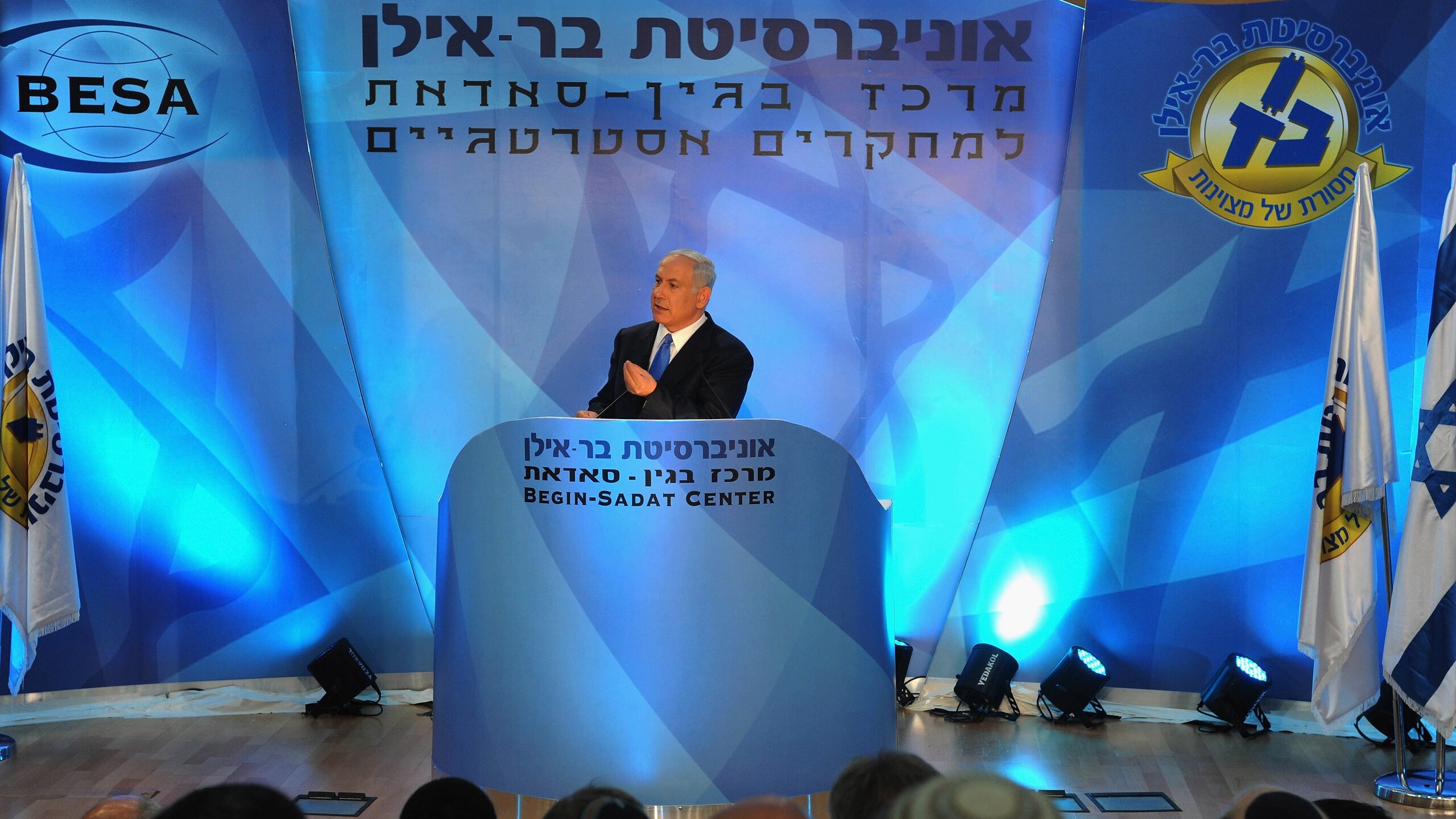The Strategy Behind Repeated Rounds of Fighting in Gaza
Ma’ariv, Israel, May 27
Prime Minister Binyamin Netanyahu made a landmark speech on June 14, 2009, presenting a different vision for the potential resolution of the Israeli-Palestinian conflict. This appeared to contradict his long-held ideologies. The source of this shift is likely attributed to newly elected US President Barack Obama and his first diplomatic visit to the region. Making his debut in Egypt, Obama delivered a speech at Al-Azhar University on June 4, 2009, wherein he expressed solid support for a two-state solution. In his speech, he further remarked that the status quo, with millions of Palestinians without a state, was no longer sustainable. In no uncertain terms, he declared the Palestinian people’s aspirations for statehood and sovereignty legitimate. The proximity of the dates between then-President Obama’s speech in Cairo on 4 June 2009 and Israeli Prime Minister Netanyahu’s speech at Bar-Ilan University, a week and a half later, indicate why Netanyahu publicly referred to the two-state solution. The choice of Bar-Ilan University as the venue was clearly deliberate, a symbolic gesture of symmetry meant to compliment Obama’s Cairo address. At that time, Netanyahu understood that he would be dealing with Obama for at least one presidential term, and as it transpired, he was faced with the president for two full terms, until 2017. Knowing this, he was seemingly hesitant to break the rules at the outset of the term of the American president on the issue of the Israeli-Palestinian conflict; as such, he voiced his willingness to discuss the two-state solution, even though he had probably already devised a way to “kill the issue” at a later stage. What was the gimmick that Netanyahu devised to terminate the two-state idea? He conceived of a new balance of power among the Palestinian people. It will gradually weaken the Palestinian Authority while bolstering Hamas, an unrecognized and illegitimate entity. Through this measure, Netanyahu sought to limit the conflict’s intensity and its effects in the Gaza Strip. And since Hamas is nothing more than a terrorist organization, the international community will be unable to push for progress along the Palestinian path when Gaza is aflame. Prussian general Carl von Clausewitz was a true historical military and social thinker. Over the last two decades, there have been 18 rounds of fighting in the Strip; nearly one per year. What does this Clausewitzian strategy aim to achieve? Netanyahu’s own words at a Likud meeting in the Knesset confirm this thesis: namely, that the transfer of Qatari money to Hamas is part of a strategy to divide Palestinians in Gaza and the West Bank, thus preventing the establishment of a Palestinian state. In response to this, Clausewitz presumably wakes from his grave and inquires, “OK, but what is the end game?” To which Netanyahu has no clear answer except to think to himself, après moi, le déluge—after me, the flood. The consequences of Israel’s “conflict maintenance” policy are costly. Gaza’s civilians have long felt the heavy burden of its effects, with not only life and property lost but also increasing trauma for children and diminished quality of life for future generations. Meanwhile, Netanyahu is, with his own hands, building up Hamas to succeed Palestinian Authority President Mahmoud Abbas. The Israeli Defense Forces has just one tactic: a brief burst of combat followed by a cease-fire. This situation has also propagated a dangerous coalition of enemies, as far east as Iran, that refers to a “multipronged scenario” stretching all the way to the Mediterranean. Netanyahu’s strategy of attempting to draw Jordan into joining the peace negotiations between Israel and the Palestinians fell short. Attempting to understand the reasoning behind this action would require a separate piece of writing. Fortunately, it did not come to fruition. To deliver a solution to the Israeli-Palestinian conflict in Gaza, two choices present themselves. The first option involves waiting for the return of the United States and the establishment of a moderating alliance between the Sunni-majority countries, including Israel. The purpose of such an alliance would be to create stability in the region, prevent Iran from gaining ground, and promote the resolution of the conflict. The second alternative would be to wait for a chance to remove Hamas from Gaza completely. —Shabtai Shavit, former head of the Mossad (translated by Asaf Zilberfarb)
This holiday season, give to:
Truth and understanding
The Media Line's intrepid correspondents are in Israel, Gaza, Lebanon, Syria and Pakistan providing first-person reporting.
They all said they cover it.
We see it.
We report with just one agenda: the truth.



